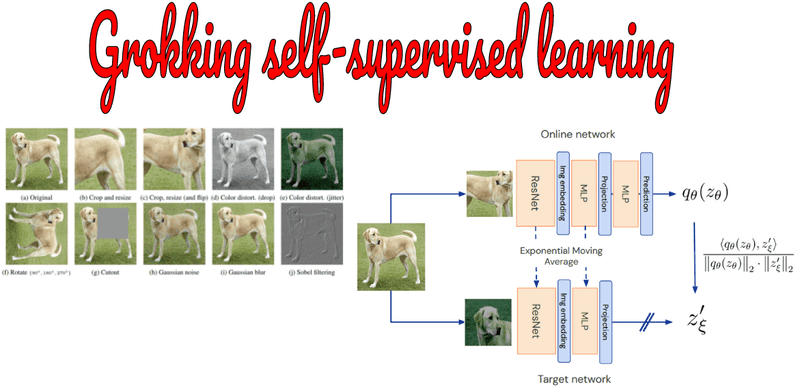
SACRAMENTO, Calif. – A pair of consequential bills concerning artificial intelligence (AI) have cleared some of their committee hurdles this week as they progress through California’s legislative chambers.
The first, Assembly Bill 1831 (AB 1831), which would expand the penal code to include child sex abuse material created using AI, unanimously passed the Public Safety Committee on Tuesday.
Ventura County District Attorney Erik Nasarenko, a co-sponsor of the bill, testified about the necessity of the new legislation.
“Right now, there is a gap in California Law,” explained District Attorney Erik Nasarenko. “Changes need to be made to keep up with the quickly changing technology. This is a serious, prurient, and very disturbing problem that the law needs to address.”
To highlight that gap in existing law, 16-year-old Ventura County resident Kaylin Hayman also testified during Tuesday’s hearing.

Hayman was victimized by a man in Pennsylvania who used AI to create sexually explicit images featuring her face.
That man’s actions are currently not punishable under current California law and Hayman testified in the federal case where the man was convicted and currently faces 40 years in prison detail the Ventura County District Attorney’s Office.
“While speaking about this topic is daunting, I know deep down I need to share my voice,” Hayman said during Tuesday’s hearing. “I need to bring awareness and justice to those in my position. This is not only affecting children in the public eye, but also normal kids simply existing. These cases affect one’s social life as well as being detrimental to mental health. It truly gives the feeling of being alone, but to all other victims, I am living proof that you are not alone.”
Specifically, AB 1831 would amend the existing penal code’s definition of obscene matter to include AI-generated material and revises sections that cover the possession, distribution, and production of child sex abuse material to add AI-generated content.
“California law must be crystal clear that the sexual exploitation of children is illegal, including when AI is used to create child sexual abuse material (CSAM) that is virtually indistinguishable from a real child,” stated Assemblymember Berman who authored the bill. “I want to thank Kaylin Hayman, a survivor and victim advocate, for sharing her experience as a Disney child actor who endured AI-generated sexual exploitation. Her testimony today is a heartbreaking example of why we must pass AB 1831 to ensure our children are protected. My gratitude also goes to Ventura County District Attorney Erik Nasarenko for first raising this issue with me, and for his powerful advocacy for survivors.”
AB 1831 is now scheduled for a hearing in the California Assembly’s Privacy Committee on Tuesday, Apr. 16 of this year.
The California Senate was also busy moving AI-focused legislation on Tuesday.
The Governmental Organization Committee voted 14-0 on Tuesday to send Senate Bill 896 (SB 896) to the Senate Judiciary Committee.
“Artificial intelligence has tremendous potential to improve our lives and the functioning of government,” said State Senator Dodd, author of SB 896. “But it also presents risks, specifically the threat to consumer privacy, transparency and fairness. My proposal will help identify potential problems with these emerging systems and develop appropriate guidelines to protect our state and the public.”
SB 896, also know as the California AI Accountability Act, intends to guide state agency decisions concerning the adoption of artificial intelligence, establishes guidelines for automated decision-making technologies, and one provision would require state agenices to notify users when they are interacting with an AI.
The bill builds on the 2023 White House Blueprint for an AI Bill of Rights, California’s ongoing intelligence reports, and is a follow-up to State Senator Dodd’s Senate Concurrent Resolution 17 which was adopted last year and is the first AI-drafted state resolution in history.
Now, SB 896 has been scheduled for a hearing in the Senate Judiciary Committee.



